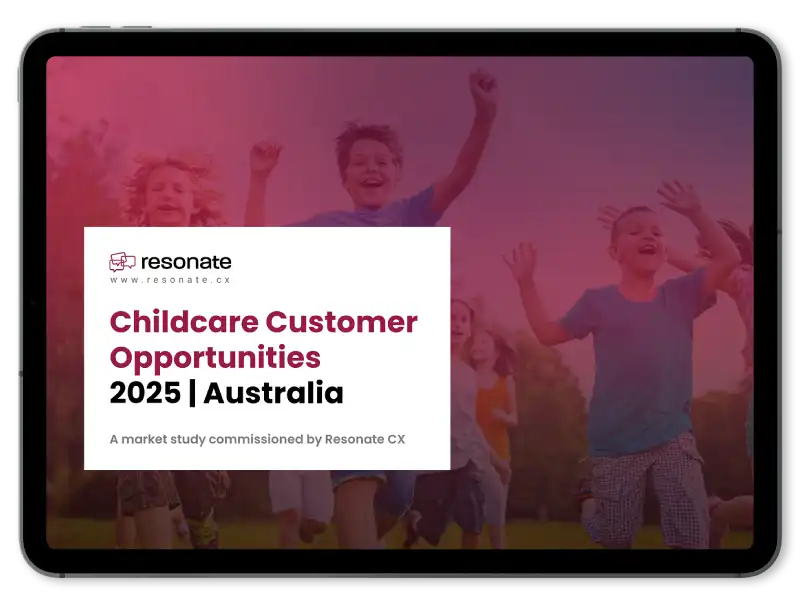TLDR:
- Poor customer experiences can lead to a significant loss of revenue. Acquiring new customers is much more expensive than retaining existing ones, and bad service has been shown to cause billions of dollars in lost revenue annually.
- A negative customer experience can severely damage a brand’s reputation. A single negative review or tweet can go viral, and a significant percentage of consumers consult online reviews before making a purchase.
- Bad customer service also has a negative impact on internal business operations. It can lead to employee burnout, low morale, and high staff turnover, particularly among front-line employees.
- Inefficient systems and constant complaint management drain operational capacity and productivity. These internal issues detract from the time and resources that could be used for more productive tasks.
- Investing in customer experience should be seen as a driver of growth, not a cost center. Companies that prioritize and invest in CX see better customer lifetime value and are more likely to outperform market indexes.
Bad customer experience usually begins with something small. Like a shopper abandoning their cart after the payment page glitched. Or a loyal client called support, only to be transferred four times and hung up.
Sometimes it can be an annoying review on Google that you promised you’d get to next week.
But these scenarios are nothing catastrophic. Until it is. It’s the kind of damage that doesn’t show up in your weekly reports until it’s already too late.
Welcome to the slow bleed of bad customer experience.
Globally, poor customer experience is estimated to cost businesses up to USD 3.7 trillion annually in lost revenue, according to Forbes. You won’t see it on your P&L. But you’ll feel it in rising churn, sluggish growth, and that vague sense that you’re always “just missing” your targets.
If you’re aiming for sustainable growth, it’s worth asking: What is poor customer experience really costing you? The team at Resonate CX is ready to give you an in-depth answer.
Lost Revenue and Customer Churn
Customers rarely give second chances. One negative interaction can push even long-time buyers toward a competitor, especially in industries where switching is easy. What makes this particularly damaging is that acquiring a new customer can cost five to twenty-five times more than keeping a current one.
When a business fails to meet service expectations, whether that’s in the form of slow response times, unresolved issues, or inconsistent messaging, people don’t just leave quietly. They take their spending power with them and often tell others why. According to one study, U.S. companies alone lose between USD 75 billion and USD 856 billion each year due to customer churn linked to poor service.
There are well-known cautionary tales to illustrate this. Comcast, for example, faced high churn rates after years of customer frustration over poor service and support. Customer dissatisfaction with the company was so high that Consumerist labelled it the “Worst Company in America” in 2010 and 2014. Home-cleaning startup Homejoy also folded after failing to retain customers beyond their first booking, despite aggressive acquisition efforts.
Damage to Brand Reputation
In today’s world, a single frustrated tweet or review can go viral faster than your next campaign. One negative review, shared widely on social media or review platforms, can discourage dozens of potential customers from even considering your brand.
In fact, a 2025 report from Shapo.io, which compiled data from over 9,000 U.S. consumers, found that 95 percent of consumers consult online reviews before making a purchase. That means every poor experience has the potential to inflict long-term damage, far beyond the moment it occurs. In some cases, viral backlash or sustained negative sentiment can take years to recover from, if you recover at all.
More importantly, trust is hard to rebuild once you’ve lost it. Businesses that become known for inconsistent service or unresponsive support often find themselves working harder and spending more just to maintain customer acquisition levels. And unlike a product flaw that can be corrected, reputation damage caused by poor CX is far more difficult to fix.
Internal Business Impacts: Operations, Employees, and Systems
Poor customer experience doesn’t just affect your customers; it affects your team, too. Repeated complaints, prolonged resolution times, and system inefficiencies place a heavy burden on staff. Over time, this leads to burnout, low morale, and increased turnover, especially among front-line employees who bear the brunt of customer frustration.

Support teams may spend more time de-escalating issues than resolving them, which slows productivity across the board. Such inefficiencies often stem from inadequate CX systems, such as clunky self-service portals or frustrating sign-in flows that ultimately cause more problems than they fix.
The cost isn’t just emotional. Time spent managing CX-related friction drains operational capacity and makes it harder to focus on high-impact work. One study by the MIT Sloan Management Review found that organisations often lose between 15–25 per cent of revenue due to poor data quality, a result of staff spending time fixing errors, confirming information, and managing the fallout.
Missed ROI and Growth Potential
Companies often forget to love scales. But long-term CX studies show that more than enjoying stronger retention, companies with the highest Net Promoter Scores outperformed the S&P Index by more than 260 points.
This is proof that loyalty fuels momentum. Loved customers stay longer, buy more, and refer better.
And yet when budgets tighten, CX is often among the first areas to be cut, and such short-term thinking can be costly. Businesses that underinvest in CX to save money now often end up paying more later in lost sales, customer churn, and reputation repair. On the other hand, companies that view CX as a long-term investment see better customer lifetime value and brand resilience.
The companies that win don’t treat CX as a cost center.
They treat it as a growth engine.
At Resonate CX, we help brands rediscover that engine by giving them visibility into the moments that matter, clarity on what’s breaking trust, and tools to close the loop fast. From improving feedback loops to identifying friction points in real time, the right CXM platform will make it easier to take action where it matters most.
Ready to stop the bleed and start building a brand your customers love to recommend? Let’s talk.











